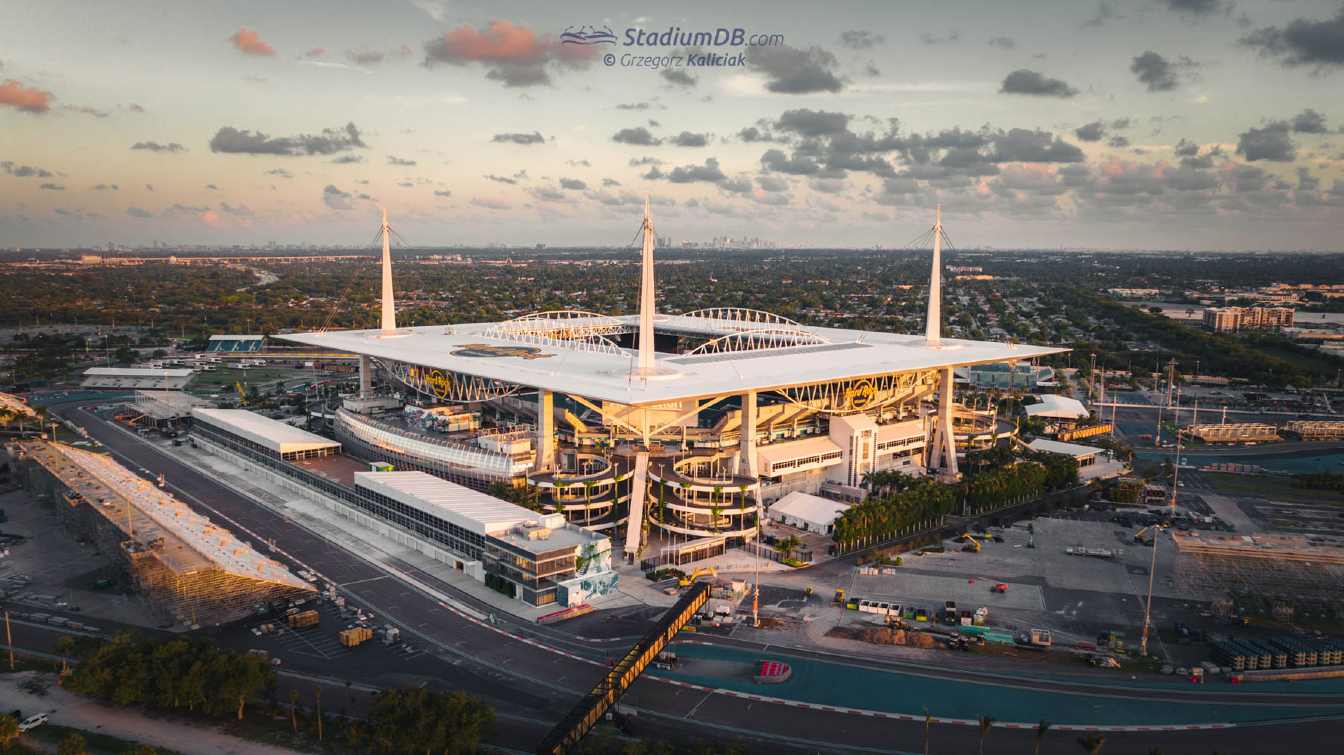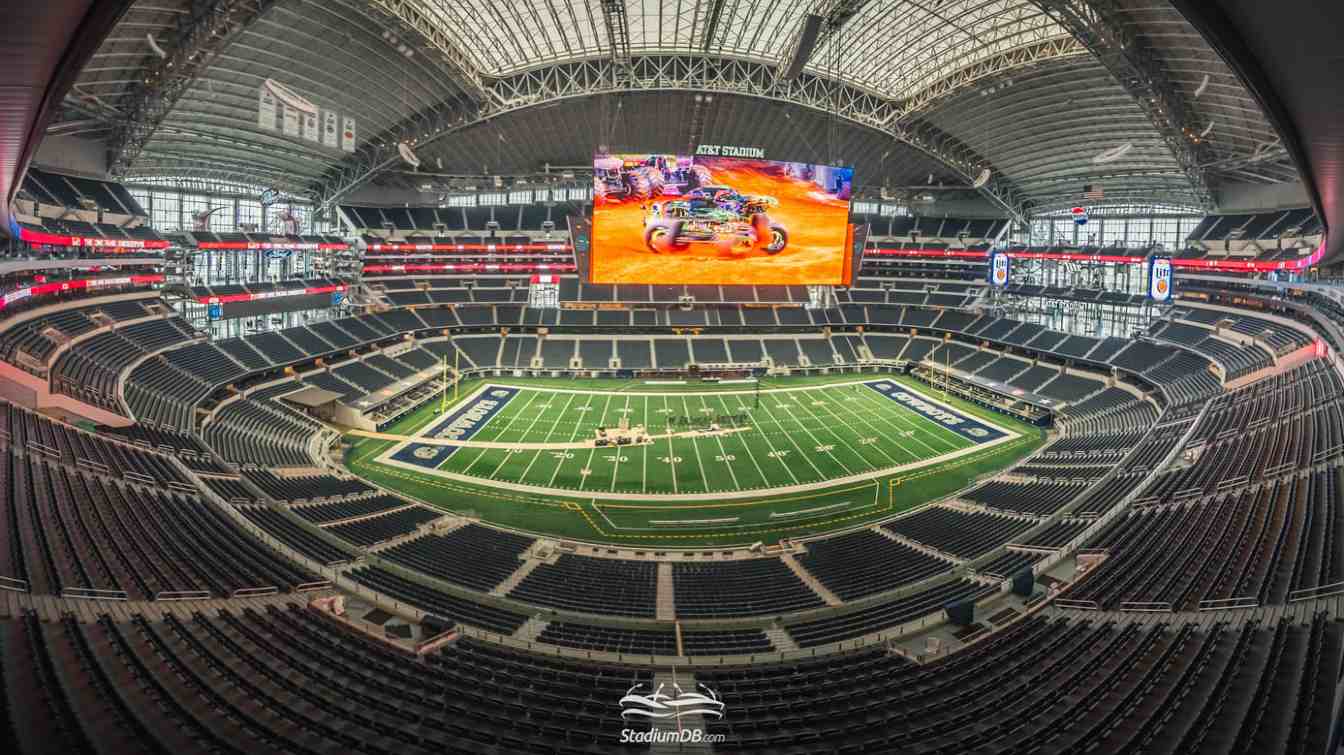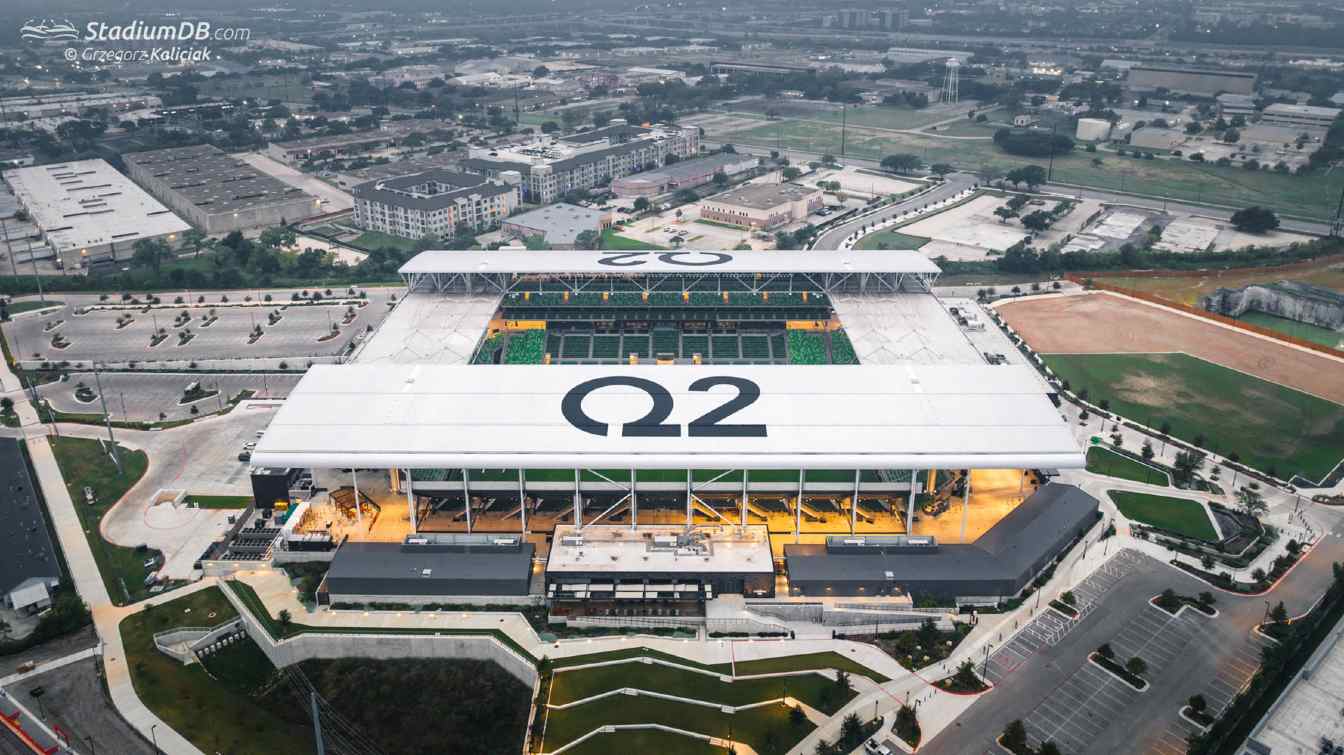Copa América 2024: Empty seats, narrow pitches, high prices and heat - failure ahead of World Cup
source: StadiumDB.com; author: Jakub Ducki
 The Copa América 2024, taking place in the USA, was supposed to be a spectacular event. However, the decision to use smaller sized pitches and high ticket prices caused a wave of controversy among managers, players and fans, which could be seen in the stands.
The Copa América 2024, taking place in the USA, was supposed to be a spectacular event. However, the decision to use smaller sized pitches and high ticket prices caused a wave of controversy among managers, players and fans, which could be seen in the stands.
Advertisement
Too small pitches - problems for national teams
The pitches in the USA are 100 x 64 metres, which means they are five metres shorter and four metres narrower than the standard 105 x 68 metres. This difference has affected the game, increasing the intensity and pace of matches, forcing players to adapt quickly. While some find this exciting, others argue that the lack of space can suppress the beauty of the game, turning matches into brutal battles.
Players such as Lionel Messi, Ángel Di María and Dibu Martínez of Argentina have described the pitch conditions as disastrous. The Argentinian national team's manager, Lionel Scaloni, said the pitches were not suitable for playing at such a high level. Uruguay's Ronald Araújo also criticised the turf, stressing that proper conditions are key to a good match. Vinícius Jr. from Brazil noted that the quality of the pitches at Copa America is far from those at Euro 2024. Weston McKennie from the US national team and Juventus also expressed his dissatisfaction with the pitch conditions, noting the risk of injury.
Upcoming major sporting events in the USA, such as the 2025 Club World Cup and the 2026 World Cup, put the issue of pitch dimensions in the spotlight. We already know that pitches will have to be modified before the World Cup. At MetLife Stadium, 1,740 seats are planned to be removed in order to widen the field to the dimensions required by FIFA (68 by 105 meters). This will reduce capacity to about 80,000 seats. In Arlington, on the other hand, plans call for raising the level of the field by 5 meters to gain additional width. However, the problems are not just limited to the turf, fans are also complaining.
 © Grzegorz Kaliciak | Hard Rock Stadium
© Grzegorz Kaliciak | Hard Rock Stadium
Expensive tickets, empty seats and heat - Copa América fans' problem
The official Copa América account on the X platform published a post during the opening Group C match between Uruguay and Panama. Look who's here
- the post stated, and the attached photos showed young, well-known social media influencers posing in the VIP box.
The post quickly gained popularity, reaching more than 7 million views. Unfortunately, instead of fans cheering, it was met with a wave of criticism, mainly from Americans asking: Who is this?
. This shows the main problem with this year's Copa América, which is being held in the United States. The organisers seem to be promoting the tournament as an event for the rich, instead of as an event for all football lovers, regardless of their social status.
Due to political turbulence and the COVID-19 pandemic, it was decided to move the Copa América to the US instead of Ecuador, which was originally scheduled to host the tournament in 2024. The decision was a joint venture between CONMEBOL and CONCACAF.
 © Grzegorz Kaliciak | AT&T Stadium
© Grzegorz Kaliciak | AT&T Stadium
Attracting fans from Latino immigrant communities in the US has never been difficult. However, even the 2016 edition had attendance problems. Poor ticket sales and empty stadiums have become the norm. Hard Rock Stadium in Miami, where the influencers, among others, were seated, was half empty during Uruguay's match against Panama (51% of the venue was full). At Venezuela's match against Ecuador at California's Levi's Stadium, only 29,000 people turned up (44% full). Even the home matches were not enormously popular, with 48,000 fans turning up at Dallas Cowboys Stadium (60% full). All attendances from Copa America matches are available on our website.
Argentina's matches were among the few that sold out, largely due to the presence of Lionel Messi. However, even popular teams like Mexico struggled to fill their stadiums - the Mexico-Jamaica match reached a 74% fill rate. Dynamic ticket prices have made watching matches prohibitively expensive. The price of parking, access and the tickets themselves, starting at $200, effectively scared away fans. For example, the average ticket price for the opening match between Argentina and Canada was over $500. Tickets for Mexico's match against Venezuela cost the cheapest at $120, with additional fees on top of that. A ticket for the Italy-Switzerland match on the UEFA website cost $130, which is lower than the average price of the cheapest Copa América ticket.
Ticket prices were not the only problem. Fans often faced extreme weather conditions. Canada's match against Peru was held in an open-air stadium in Kansas City, where daytime temperatures regularly exceeded 90°F (32°C).
Not surprisingly, with such high temperatures, spectators and players struggled. Canadian goalkeeper Maxime Crepeau told the Kansas City Star that the players did not have a hydration break after the 30th minute of the match, which is standard for warmer days at Euro 2024. One referee collapsed on the pitch due to dehydration and had to be taken on a stretcher to a medical facility. Canadian defender Alistair Johnston suggested a simple solution to this problem: to play matches in the evening.
 © Grzegorz Kaliciak | Q2 Stadium
© Grzegorz Kaliciak | Q2 Stadium
Lack of coordination and effective marketing
Unlike the Euros, where the football federations control ticket sales, CONMEBOL delegated ticketing operations to individual stadiums and third-party operators. As a result, there was a lack of coordination and a well thought-out marketing strategy. Fans in the United States had less time to prepare for the tournament. The venues for Euro 2028 were announced in April 2023, while it is still unclear which country will host Copa América 2028.
All Copa America venues you can see on our Youtube channel.
Advertisement
 StadiumDB
StadiumDB